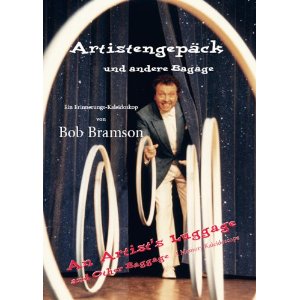Warning: This post is a bit of an ego boost, sorry!
I don’t think I’ve ever subscribed to the “I’ve just flashed X number of objects” of approach to juggling. I’ve never set up a camera and spent 35mins trying one trick that’s probably too hard for me, I did today…
When I started juggling (10 or so years ago) juggling 7 clubs was a big deal. Very few could even blag it and even fewer performed it consistently on stage (this hasn’t changed yet). A well known juggling book* has this to say about The Seven Club Cascade, “…it is highly unlikely the more than one or two readers will ever have the actual experience of driving this pattern”. Funny how such statements date so quickly.
The love it or hate it the WJF should be partly credited to the rise of more 7 club jugglers.
And this makes you wonder what’s possible….
*Guess the juggling book













You must be logged in to post a comment.